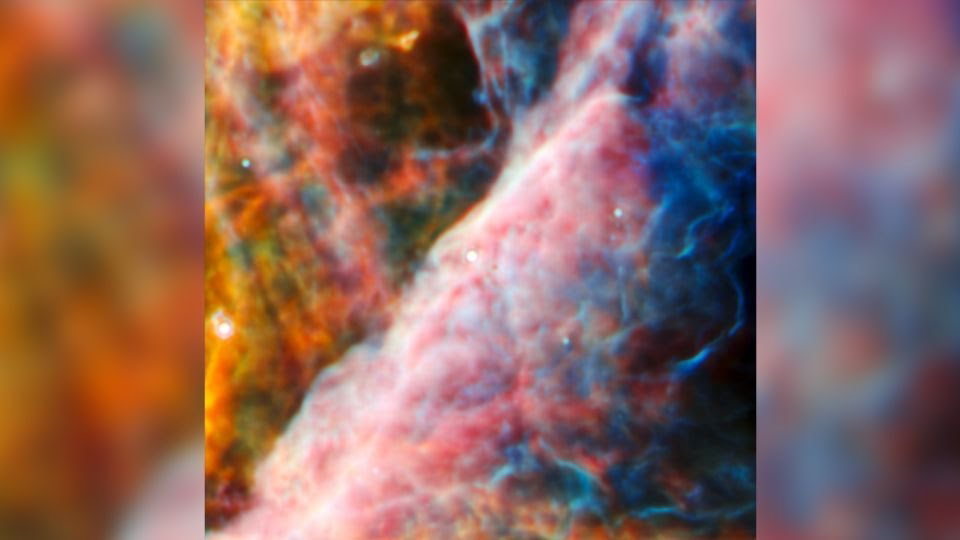Astronomers Detect Pervasive Background Hum of Merging Supermassive Black Holes

After decades of observations, astronomers have finally detected a pervasive background hum of gravitational waves from merging supermassive black holes. The discovery, published in the journal "Science", was made by the North American Nanohertz Observatory for Gravitational Waves (NANOGrav), a collaboration of more than 400 scientists from 20 institutions across the United States and Canada. NANOGrav uses a network of radio telescopes to detect gravitational waves, which are ripples in the fabric of spacetime caused by massive objects accelerating. The waves from merging supermassive black holes are extremely low-frequency, meaning they have wavelengths that are billions of times longer than the visible light spectrum. This makes them difficult to detect, but NANOGrav's network is sensitive enough to pick up these faint signals. The team analyzed 15 years of data from NANOGrav's telescopes and found a persistent background signal that they believe is caus...





















